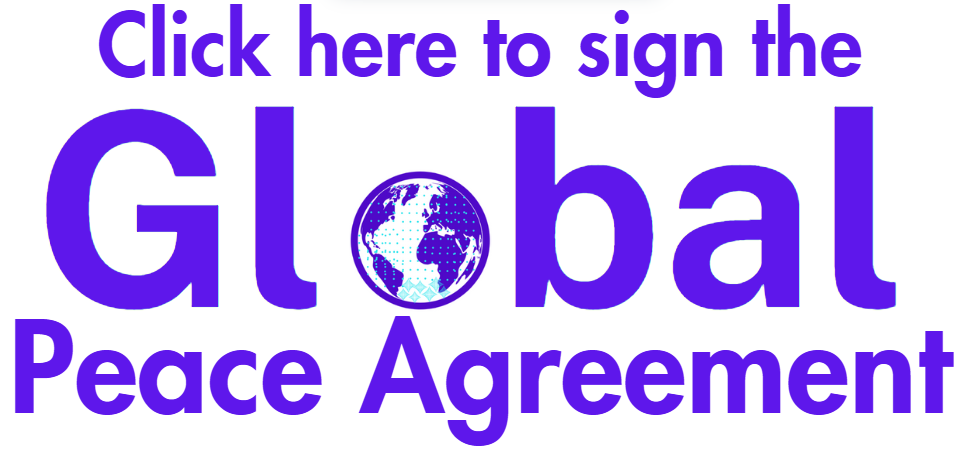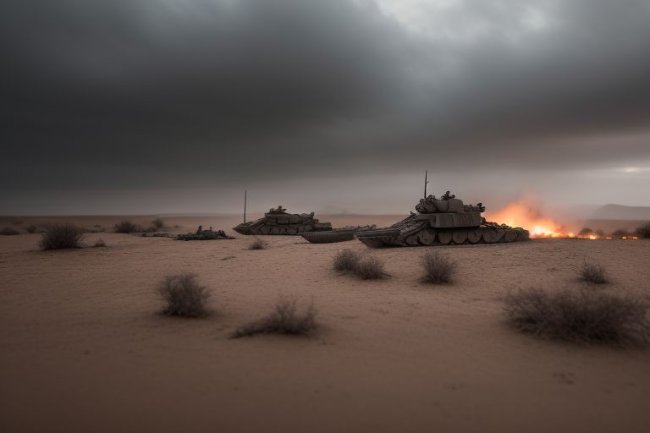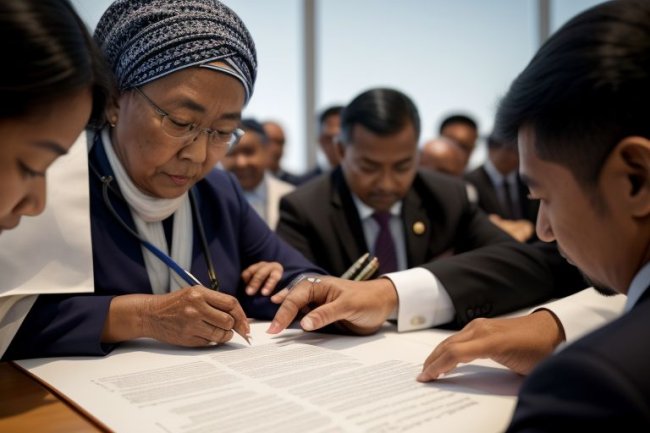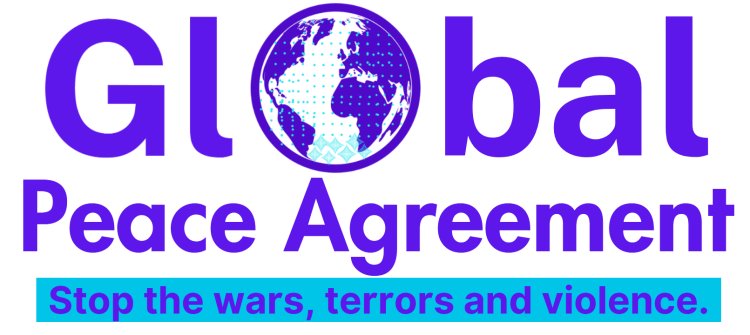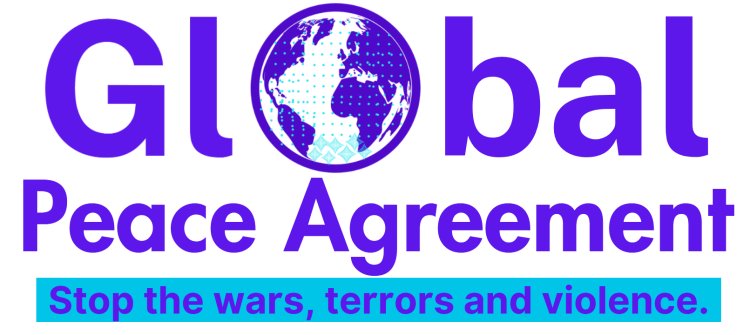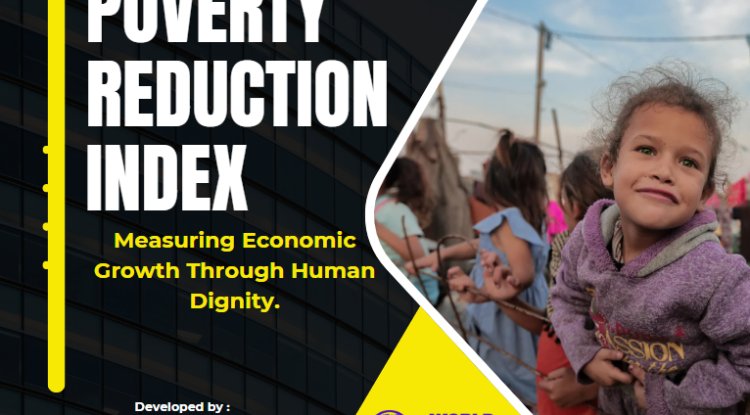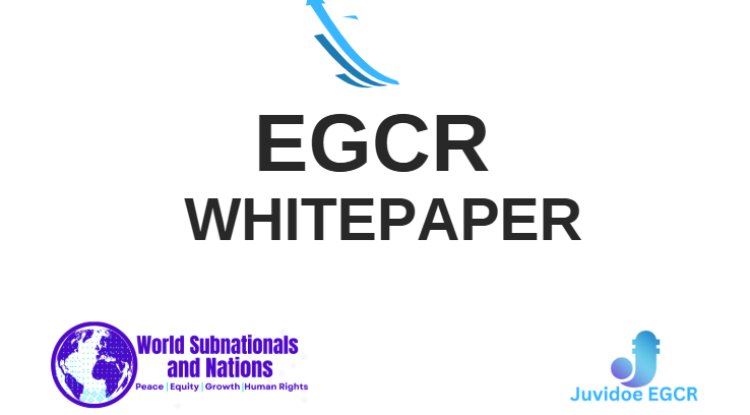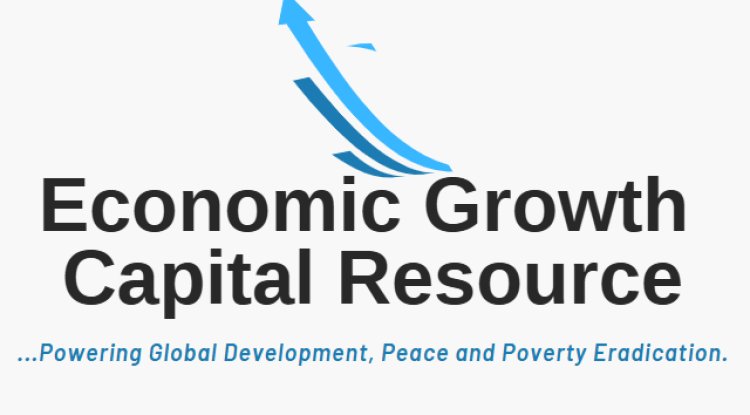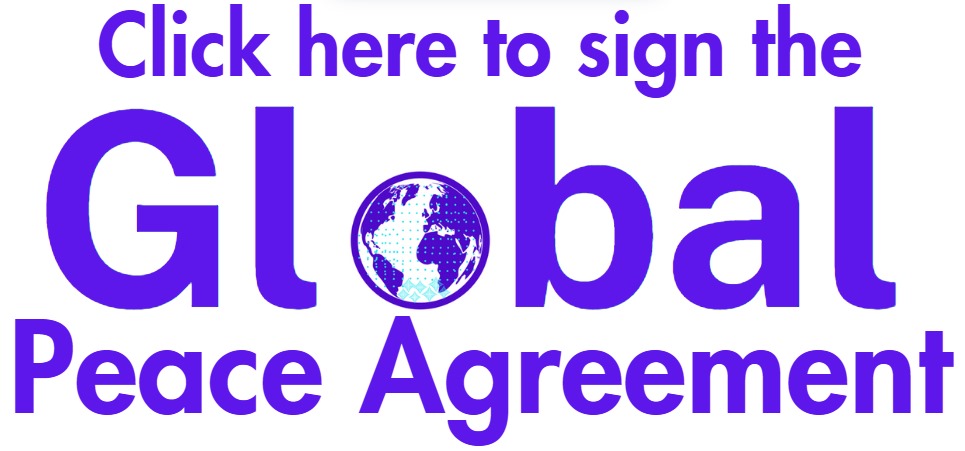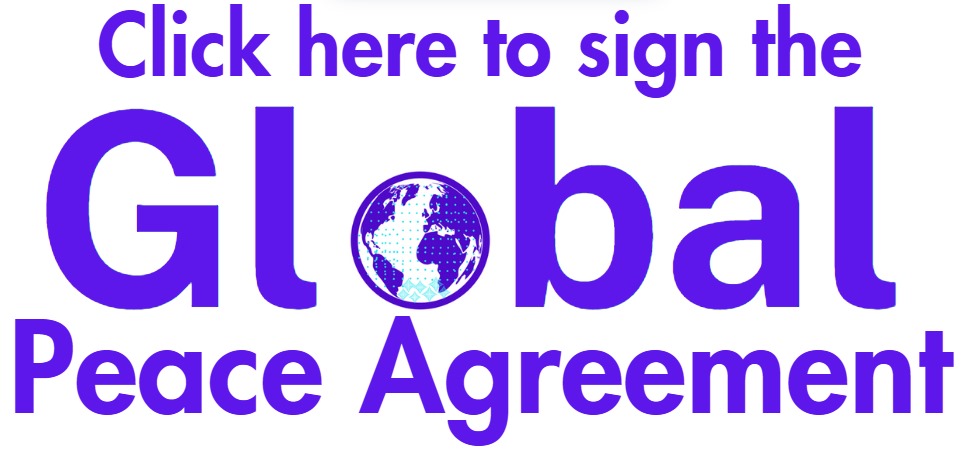Achieving Peace Instead of War
In the tumultuous landscapes of conflict regions, where violence and discord have prevailed, a glimmer of hope emerges when nations and factions decide to lay down their arms and seek peace by signing peace accords. These agreements represent more than just a cessation of hostilities; they hold the transformative potential to enhance security and stability in regions torn apart by strife and animosity.
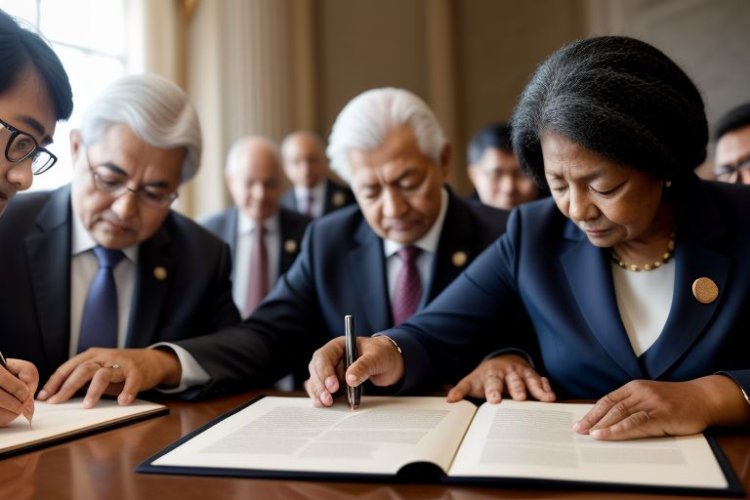
Peace accords are symbols of hope, resulting from parties' willingness to set aside their differences and seek a resolution peacefully. These agreements, which signify a dedication to breaking the cycle of violence and creating a road to security and stability, result from the fortitude to engage in discourse and establish common ground.
Addressing Root Causes of Conflict
Addressing conflicts' root causes lies at the essence of peace accords. These agreements provide a safe and constructive platform for conflicting parties to confront historical grievances, social injustices, and unmet political aspirations fueling violence and hostility. Through open dialogue and genuine understanding, the seeds of reconciliation and sustainable peace can finally take root.
The process of delving into the past is courageous, as it requires parties to face painful truths and confront the legacy of conflict. However, this process paves a transformative journey toward healing and reconciliation. By acknowledging the complexities of their shared history, conflicting parties gain a deeper understanding of each other's perspectives, fostering empathy and compassion.
In this crucible of dialogue, peace accords go beyond superficial Band-Aid solutions. They lay the groundwork for lasting peace by addressing the root causes perpetuating the cycle of violence. The hostile boundaries blur as participants come to terms with their history, making room for cooperation and collaboration.
Through this profound endeavor, peace accords shape a new narrative for the future. They plant the seeds of hope and trust, nurturing the vision of a society free from the shackles of historical animosities. By acknowledging and addressing the root causes, peace accords lay the foundation for a more equitable and harmonious future, where the scars of conflict can gradually heal, and the potential for sustainable peace can be fully realized.
Disarmament, Demobilization, and Reintegration (DDR) Programs
Disarmament, demobilization, and reintegration (DDR) programs play a pivotal role in building security and stability in conflict regions. Through these initiatives, former combatants are disarmed, transforming from warriors to contributors to society. Reintegration into civilian life through education, skills training, and employment opportunities reduces the risk of renewed violence but also aids in rebuilding shattered communities.
Transitional Justice Mechanisms
Peace accords often incorporate provisions for transitional justice mechanisms, such as truth commissions and special courts. These mechanisms offer a path to accountability for human rights abuses and atrocities committed during conflicts. Acknowledging the past and seeking justice for victims fosters a sense of closure, laying the groundwork for a more just and stable society.
Confidence-Building Measures
Confidence-building measures stand as essential pillars in the edifice of peace accords. In the aftermath of conflict, when trust is fragile, and wounds are raw, these measures serve as bridges towards reconciliation and cooperation. Ceasefires signal a cessation of hostilities, a momentary respite in which adversaries can envision a different future. On the other hand, prisoner exchanges embody a tangible act of goodwill, reflecting a commitment to understanding the pain and suffering experienced by both sides.
Moreover, establishing neutral zones represents the willingness to lay down arms and engage in dialogue. In this safe space, parties can start to see each other not solely as adversaries but as human beings with shared aspirations for peace and prosperity.
By undertaking these confidence-building measures, conflicting parties sow the seeds of mutual respect and understanding. Confidence slowly takes root, allowing the delicate shoots of cooperation and dialogue to flourish. In this atmosphere of newfound trust, the groundwork for a durable and inclusive peace is laid, opening the path toward a future where conflicts are resolved through dialogue rather than violence.
Involvement of Regional and International Actors
The participation of regional and international players greatly aids Peace agreements' legitimacy and success.
As impartial mediators, regional organizations and international bodies ensure that all parties are represented and heard during negotiations. Their presence is a deterrent against potential spoilers seeking to disrupt peace. Additionally, these actors provide essential resources, expertise, and logistical support, which are crucial in implementing the peace agreement effectively. Their commitment strengthens the credibility of the accords and enhances the prospects of a sustainable and inclusive peace, bolstering the chances of a brighter future for conflict-affected regions.
Cross-Border Cooperation and Regional Security
Following the signing of peace accords, neighboring countries are often compelled to embrace cross-border cooperation and regional security initiatives. In a post-conflict landscape, the imperative of regional solidarity becomes evident as nations recognize the shared vulnerabilities and opportunities for collective growth.
Working together to confront transnational dangers likes terrorism and arms trafficking acts as a uniting factor that cuts beyond national boundaries. Previously permeable borders have transformed into strengthened barricades against shared foes, fostering a feeling of cooperation and mutual confidence. These security alliances improve the efficiency of counterterrorism measures and promote unity among once hostile states.
Regional security cooperation is a powerful deterrent against spoilers seeking to disrupt the peace. The collective vigilance of neighboring nations serves as a bulwark against a potential resurgence of conflict. In this atmosphere of trust and shared interests, the chances of disputes escalating into violence are significantly reduced.
Moreover, cross-border cooperation extends beyond security concerns and economic development and infrastructural projects. Collaborative efforts in these areas lay the foundation for regional prosperity and integration, enhancing stability further.
As nations pool their resources and expertise, regional security cooperation becomes a formidable force for safeguarding peace. The collective resolve to uphold stability ensures that peace does not remain confined within national boundaries but extends its protective embrace across the entire region.
In adversity, peace accords provide hope for a brighter future. They exemplify the power of diplomacy and dialogue to pave the way for security, stability, and reconciliation. As we strive for global peace, let us remember that the journey toward security and stability begins with the collective commitment to seek peaceful resolutions and embrace the transformative potential of peace accords.
Strengthening Diplomatic Ties And Fostering Cultural Understanding
Peace accords are not merely instruments to end conflicts; they can transform the dynamics between nations and foster a deeper sense of mutual understanding and cultural appreciation. The journey toward peace requires diplomacy, compromise, and empathy, and it is through this process that diplomatic ties are strengthened and cultural barriers are dismantled.
At the heart of peace accords lies the commitment to dialogue and negotiation. As conflicting parties engage in discussions to resolve, they learn to listen to each other's perspectives and concerns. This exchange of ideas creates a space for open communication and the building of diplomatic ties. When nations can sit together at the negotiating table, they are willing to find common ground and work towards a shared future.
As peace accords are reached, the newfound diplomatic ties extend beyond the confines of the agreement itself. Coming together to seek peace creates a foundation for future cooperation and engagement. Once strained by conflict, diplomatic channels are now lubricated with a sense of trust and shared objectives.
Moreover, peace accords often involve the establishment of diplomatic missions and embassies in each other's territories. These diplomatic outposts serve as physical manifestations of the commitment to peaceful relations and pave the way for a deeper exchange of ideas, culture, and knowledge. Ambassadors become bridges between nations, nurturing diplomatic ties on a personal level.
Cultural understanding is a vital byproduct of the peace process. As nations seek to resolve conflicts, they face each other's cultures, histories, and traditions. In this journey, stereotypes are shattered, and misconceptions are dispelled. The recognition of cultural diversity becomes a source of strength rather than division.
In the aftermath of peace accords, cultural exchange programs often flourish. Nations gain insight into each other's heritage and values through educational exchanges, art exhibitions, and cultural festivals. This cultural appreciation fosters a deep respect for diversity and creates a shared space for dialogue and collaboration.
Peace accords also provide opportunities for reconciliation and healing at the grassroots level. People-to-people interactions become catalysts for understanding and empathy. Individuals from conflicting nations come together to share their stories and experiences, walls of misunderstanding are broken down, and bridges of understanding are built.
Cultural diplomacy becomes an invaluable tool in maintaining lasting peace. Nations can leverage the power of culture to build bridges and promote dialogue. From cultural exchange programs to joint artistic ventures, culture is a universal language that transcends borders and unites people in their shared humanity.
Peace accords are not merely legal documents but transformative agents that strengthen diplomatic ties and foster cultural understanding. Through the commitment to dialogue and compromise, nations build trust and respect, laying the groundwork for lasting peace. As diplomatic channels are revitalized, nations find new avenues for collaboration and cooperation. Cultural understanding becomes a natural outgrowth of the peace process as people from conflicting nations come together, share their stories, and break down barriers of prejudice. Ultimately, through the power of peace accords, nations learn to see each other not as adversaries but as partners in a shared journey toward a future of harmony and understanding.

